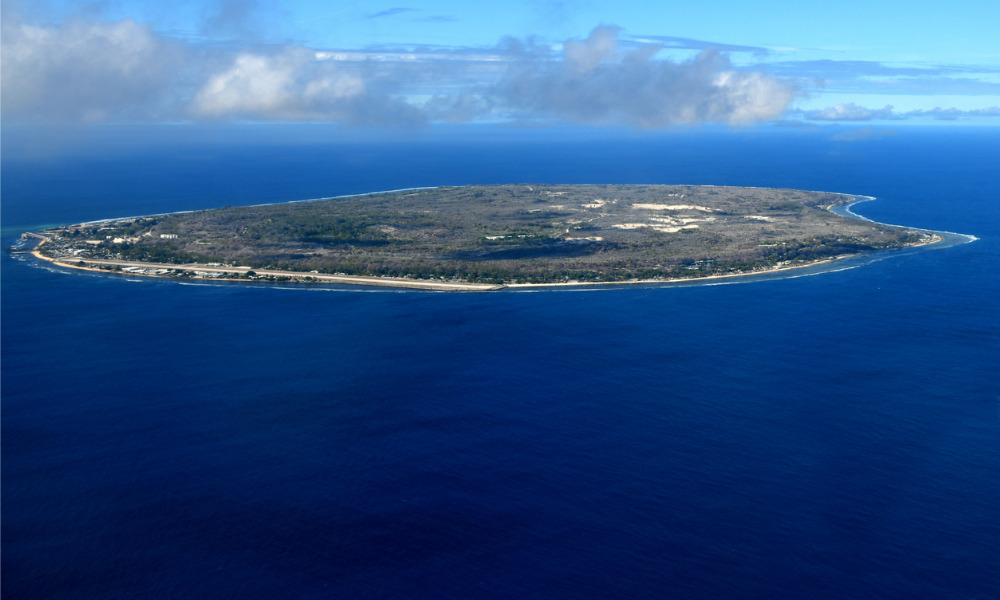
The firm collected 32 statements during more than 300 hours of interviews

Maurice Blackburn recently published a collection of witness statements from refugees detained offshore on Nauru and Manus Island.
The firm collected 32 statements during more than 300 hours of interviews as part of a now discontinued pro bono class action that challenged the alleged unlawful detention of several people in immigration detention. The firm partnered with the refugees to commission the project that combined witness statements with AI technology to create a photo-journalistic visual account of life in offshore detention.
The statements and accompanying images have been compiled into a collection known as EXHIBIT A-i, which Maurice Blackburn encourages all Australians to visit to experience these first-person accounts of life in offshore detention.
Principal lawyer Jennifer Kanis said that the significance of the witness statements could not be overstated.
"These witness statements and images shine a light on a dark chapter of Australian history. They bear witness to the unimaginable inhumanity experienced by the women, men and children incarcerated over many years”, she explained.
Kanis further said the refugees were “degraded, dehumanised and had their lives devalued over many years” in the Nauru and Manus Island camps. The refugees described the horror of life in detention, including physical and sexual violence, racism, discrimination, and self-harm.
"When our class action, unfortunately, had to be discontinued due to a change in the law, our clients told us they didn't want their stories to go unheard. We are in awe of their courage in wanting to share their story,” Kanis said. The firm hopes that the collection of witness statements and associated AI images serve as a permanent record and an urgent case for change to Australians and the government.
Maurice Blackburn special counsel Nicki Lees said that ensuring the clients were actively included in each step was integral to the project. The firm established a reference group led by individuals sharing their stories to ensure the project met their aims and needs. The refugees were involved in workshops and consultations to ensure the AI-generated images accurately depict their time in detention.
“It was important that these people at all times felt in control of how they told their story, and that it contributed to their healing process,” Lees said.